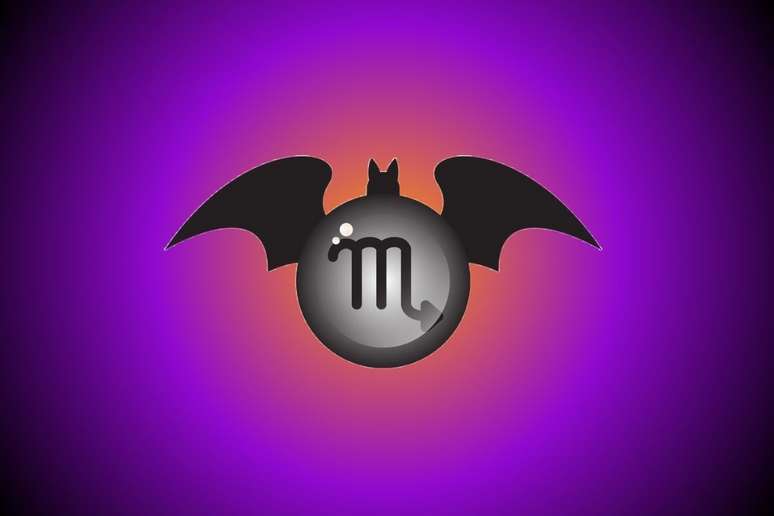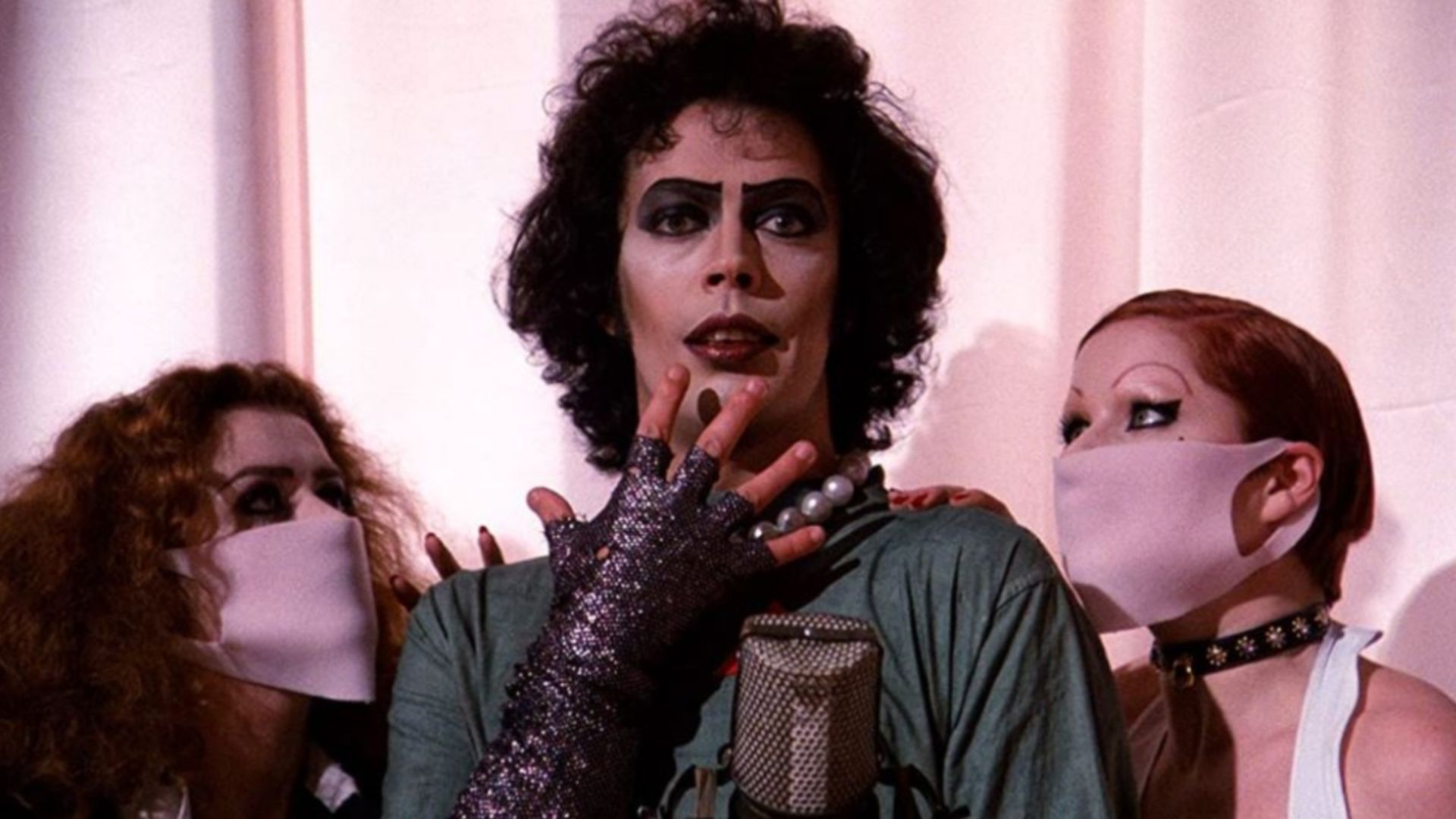September is the time to focus on suicide prevention and, more generally, a sensitive and frank approach to mental health.
the month of
September
it is characterized by a global awareness of suicide prevention that transcends borders, cultures and languages. A month that turns yellow, not only for the colors of autumn in some parts of the world, but also for a deeper and more vital purpose. This is a period designed to focus on suicide prevention and, more generally, a sensitive and frank approach to mental health. It is a time that invites us to face the taboo surrounding suicide and to offer compassionate and effective support. In this context of great significance, the psychiatrist Dr. Jéssica Martani, with years of experience and dedication in the field of mental health, shared with us valuable information on how to identify the warning signs and offer effective help in suicide prevention . Read on!
How to identify the warning signs?
Identifying the warning signs is essential for preventing suicide. For this reason it is important to always be vigilant to identify behaviors and verbal expressions that could indicate that someone is experiencing serious emotional difficulties. “Drastic changes in behavior, mood or appearance. Person says they want to disappear, runs away, disappears. Sometimes says life has no meaning or purpose. Says goodbye to people as if it’s a last meeting,” she says Dr. Martani . Always according to the specialist doctor, the person could present other signs
- The person begins to donate his possessions;
- We talk about inheritance;
- Delete social networks or even give the password to someone else;
- Increased use of alcohol or drugs;
- Doing things that are unusual and out of the person’s standards;
- Social isolation and withdrawal from social activities.
html[data-range=”xlarge”] figure image img.img-ceea84fbd609d22a12feaa834429b6980xbo3h9k { width: 774px; height: 524px; }HTML[data-range=”large”] figure image img.img-ceea84fbd609d22a12feaa834429b6980xbo3h9k { width: 548px; height: 371px; }HTML[data-range=”small”] figure image img.img-ceea84fbd609d22a12feaa834429b6980xbo3h9k, html[data-range=”medium”] figure image img.img-ceea84fbd609d22a12feaa834429b6980xbo3h9k { width: 564px; height: 382px; }HTML[data-range=”small”] .article__image-embed, html[data-range=”medium”] .article__image-embed {width: 564px; margin: auto 0 30px; }
How to approach the person in such a delicate moment?
A sensitive approach is key when dealing with someone who may be at risk. Dr. Jessica Martani emphasizes the need to listen carefully, demonstrate empathy and avoid any form of judgement. “We can offer support by donating our time, being present, listening to what the person is saying and empathizing, it is important not to judge or minimize the person’s feelings, expressions such as “but your life is so beautiful!” or “Stop saying that “They don’t help and can aggravate the guilt,” says the doctor. Don’t be afraid to ask directly about the possibility of suicide, as it is important to know if that person is having suicidal ideation. Also, try to be an encouragement to seek out professionals in the field such as psychiatrists and psychologists. However, the specialist advises to stay in touch and follow up on that person. However, “Avoid pledging absolute secrecy if there is an imminent risk of suicide. Sometimes it is necessary to involve friends, family, and finally, the best way to help is to make an appointment with a psychiatrist and a psychologist,” he points out.
What myths surround suicide?
Many myths surround the topic of suicide, which can make it difficult to deal with adequately. Dr. Jéssica Martani stresses the importance of clearing up these misunderstandings. “Having open talk about suicide does not encourage someone to go down that path. On the contrary, creating an environment where the subject can be discussed can be a relief for those who are grieving,” she explains. In this context it is necessary to understand that expressions of suicidal ideation are not simple requests for attention, but requests for help. Discover other myths involving the theme and be aware.
- MYTH: “Surviving a suicide attempt or showing signs of improvement means the person is out of danger”;
- MYTH: “People with suicidal impulses are always impulsive and show no warning signs”
- MYTH: “In all cases suicide can be caused by hereditary factors”
One of the most critical periods can emerge right after a crisis, especially when a person is hospitalized following a suicide attempt. Surveillance should be doubled during the week following hospital discharge, as well as throughout the month. Interestingly, most cases of suicide can occur after advance planning and often preceded by indications of the individual’s intentions. Impulsivity, in turn, is an aspect that deserves a meticulous evaluation through clinical scales. As it is associated with a number of factors, including psychological distress in adolescents, substance abuse such as alcohol and stimulants, as well as personality disorders and bipolar mood disorder. As for the inheritance of suicidal tendencies, it can be said that not all cases are directly related. However, it is essential to recognize that family history is a significant risk factor, especially in families where depression recurs. Recognizing and addressing these and other elements is key to preventing tragedies and providing adequate support to people at risk.
Can social networks and technology have an impact on this scenario?
In the contemporary scenario, social networks and technological innovations play a leading role in suicide prevention. “[Elas] it can help demystify suicide and it can [auxiliar] in spreading ways of helping”, underlines the expert. However, sharing ideas and indications must be done in a responsible way. Even sharing stories of overcoming difficulties can help break the silence and dismantle the stigma surrounding suicide. But the reach of technology goes beyond awareness on social networks. Dr. Martani highlights one remarkable aspect: the growing availability of applications aimed at mental health. “There are some applications that can help, for example, meditation, which track mood, as well as triggering factors that can contribute to anxiety attacks, etc.,” he says. The evolution of contact between patient and healthcare professional is also constantly evolving. One can cite the advent of teleconsultation, which facilitated quick and direct contact with psychiatrists and psychologists in times of crisis.
What are effective approaches to addressing the stigmatization of suicide and mental illness?
“Psychoeducation plays a key role in deconstructing the myths surrounding mental health and suicide. When we try to better understand these issues, we are able to demystify the taboo that often surrounds them,” comments the psychiatrist. Therefore, it is very important to invest in sharing accurate information on causes, risk factors and prevention strategies. You have to be careful with your use of language. This should be empathetic and respectful. Always trying to create a safe and non-judgmental space. The way we approach the topic can significantly influence how it is perceived by society. By adopting an open and respectful attitude, we help break down stigmas while fostering a culture of mutual support.
How can family and friends take care of their mental health when they are supporting someone at risk of suicide?
Taking care of one’s mental health while supporting a person at risk of suicide is vital to ensuring that healthcare professionals also remain resilient and able to provide effective support. In this sense, it is essential to establish healthy boundaries for one’s own involvement, recognizing that not everything is in our control and that we always do our best. Understand that while we love the person at risk, we cannot control their actions. Each individual walks a unique path, often beyond the reach of our influence. Investing in education itself is transformative, as through trusted sources and well-founded information, healthcare professionals can gain a deeper understanding of the topic, enabling them to deliver care more effectively and sensitively.
How does the recovery process after a suicide attempt work?
After a suicide attempt, the journey to recovery is a complex and individual process. Surviving this critical moment means embarking on a journey of emotional and mental reconstruction. Continuity of care is a key element in this journey, as full recovery requires comprehensive support. This involves not only professional support, including psychologists, therapists and psychiatrists, but also personal support from friends and family. Recovery is not linear and can have ups and downs. The person may deal with feelings of guilt, shame, sadness, and confusion. The process may include individual or group therapy, medications, acquiring healthy coping skills, and exploring the causes. The journey to recovery can be a long one, but every step towards recovery is a triumph. The support of those around them, combined with professional intervention, helps the recovering person to rebuild their life with hope and determination.
How can you get help?
In addition to the life support provided by friends and family, it is essential to recognize the importance of professional resources. “The best thing is to ask a psychiatrist for support, because he will be able to better manage the case, together with a psychologist. We can also mention the CVV in Brazil”, underlines Dr. Martani. Therefore, professionals specialized in the sector have the necessary knowledge to understand the complexity of each case and direct the treatment with the best clinical approach. The Centro de Valorização da Vida (CVV), mentioned by the doctor, offers a safe and confidential space for telephone conversations (188), chats and emails. The service, conducted by trained volunteers, constitutes a welcome network in critical moments. Actively seeking support is a show of commitment to your mental health and emotional well-being. Starting the search for treatment is essential and continuing with the practice until the actual discharge is essential. Suicide prevention is a collective effort. By identifying the warning signs, promoting an open dialogue and offering professional support, we are taking concrete steps to save lives. Compassion, empathy and education are our weapons against this global challenge.
Source: Terra
Ben Stock is a lifestyle journalist and author at Gossipify. He writes about topics such as health, wellness, travel, food and home decor. He provides practical advice and inspiration to improve well-being, keeps readers up to date with latest lifestyle news and trends, known for his engaging writing style, in-depth analysis and unique perspectives.








